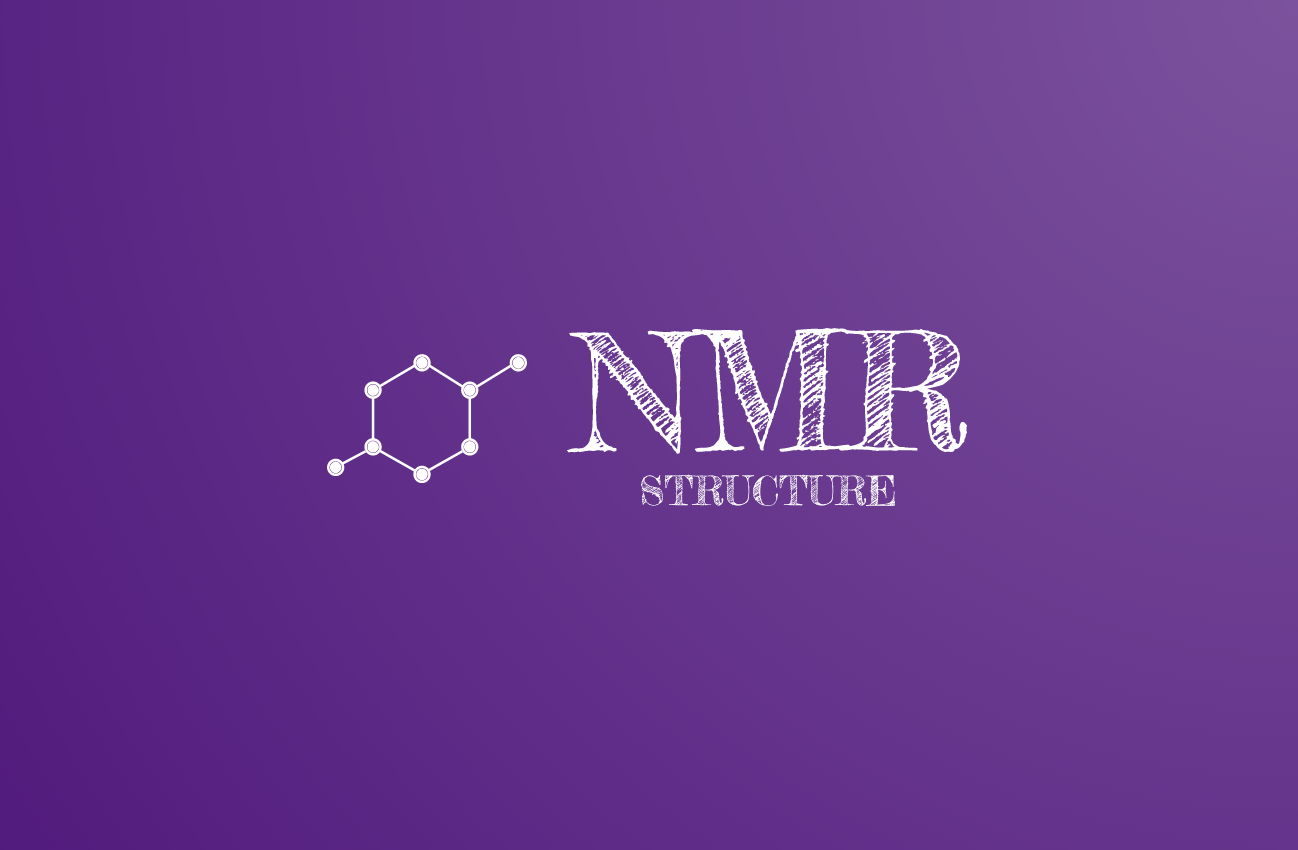Solid-state NMR for Structural Characterization
The world is evolving at an unprecedented pace due to its rapidly increasing population. This has skyrocketed the demand for sustainable future technologies as well as clean and sustainable energy-harvesting, energy-storage and information-storage materials, such as efficient solar cell, battery material and semiconductors. The desired structural and functional properties of a material are tuned by heuristically changing the chemical composition of its surface as well as bulk, and also the long and short-range structural order of the material. Spectroscopy is an indispensable analytical tool used to gain deep insights into the microscopic and macroscopic properties of matter that originate from its fundamental properties: charge and spin. Nuclear magnetic resonance (NMR) relies on the “spin” property of a nucleus placed in an external magnetic field. The spin-spin and spin-magnetic field interactions have unique characteristic resonance frequencies that encode the local chemical and structural information of a system. NMR measures these resonances using a small external radio-frequency (RF) perturbation. Interactions of different orders of magnitude make it feasible to investigate a wide range of inter-spin distances and molecular dynamics. Additionally, nuclear spins have a small interaction energy with its surroundings or lattice, preserving the encoded local chemical information. This makes NMR an indispensable, non-invasive tool for atomic level investigation of a wide variety of biological macromolecules, organic materials, and inorganic materials in different physical states. We are developing solid-state NMR experiments to study biosolids and materials. Systems of particular interest include peptides, building materials, polymers, and petrochemicals.
Ongoing Projects:
1. Development of 1H and 19F decoupling schemes in ssNMR.
2. Study of Materials for Battery Applications Using Optimal Control Pulses
3. Structural Elucidation of Natural Products
4. Optimizing Cement with Recycled Materials
Collaborators:
1. Prof. P K Madhu, TIFR
2. Prof. Kemal Celik, NYU AD
3. Prof. Sheetal Jain, IISc


